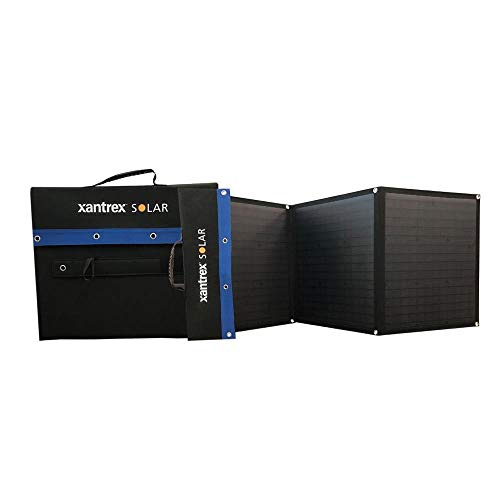So cutting the door and adding the zippers is not that difficult. You put the door in one of the panels. You just cut the bottom of the door parallel with the bottom about 6" up off the floor. You keep the side cuts about two inches away from the seams on each side and you cut up each side of the 78" of the length of the door zippers. Now you fold back the side cuts 1/4 inch and glue the overlap on each side. This gives you 1/2 inch in the clear to install the zipper on the inside with the open end of the zipper at the bottom of the tent, starting upward along the base cut that you made earlier. It's best to cut one side only, install the zipper, and zip it up before cutting the other side of the rollup door. When it's open you can roll up the door and lash it in a roll at the top with extra fabric stringers made from scrap. There is no zipper at the bottom unless you want one. Some people will want one zipper up one side and one shorter zipper across the bottom area. This way the door is a flap that meets up on one side at the bottom of one panel. This works so that the door is a flap that can be tied back with stringers made from scrap fabric when it is open. In that case you might need a shorter zipper, say about 56 inches long. In the side method both zippers should end at the same corner when they are closed. This will allow for a little ventilation at the floor. You must ventilate this tent if you want to use a small heater of some kind.




























































